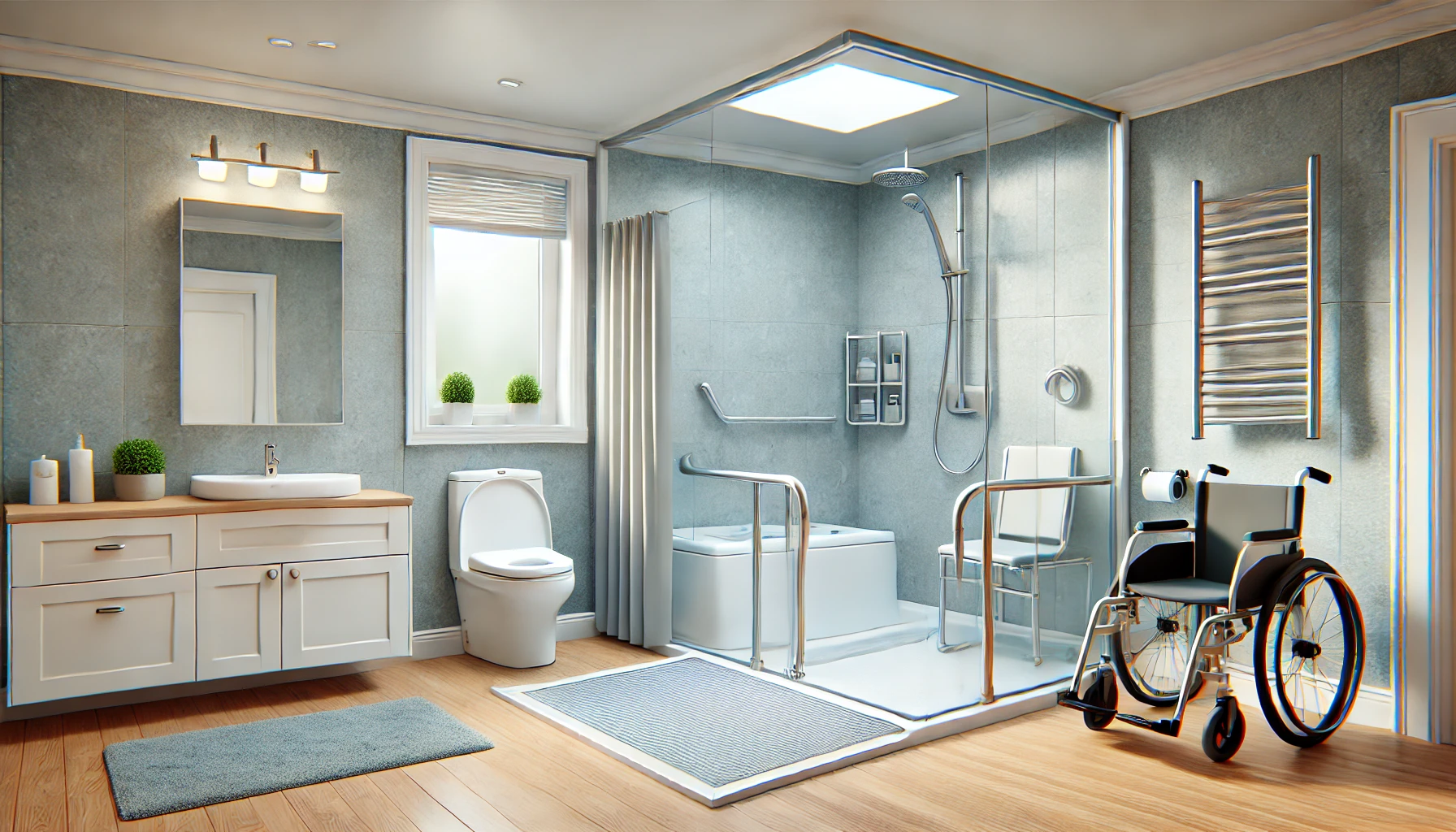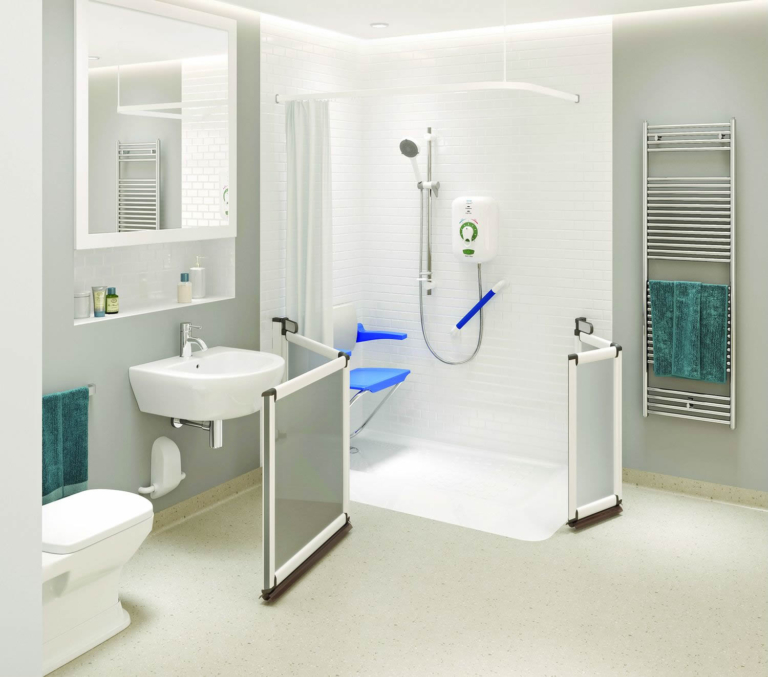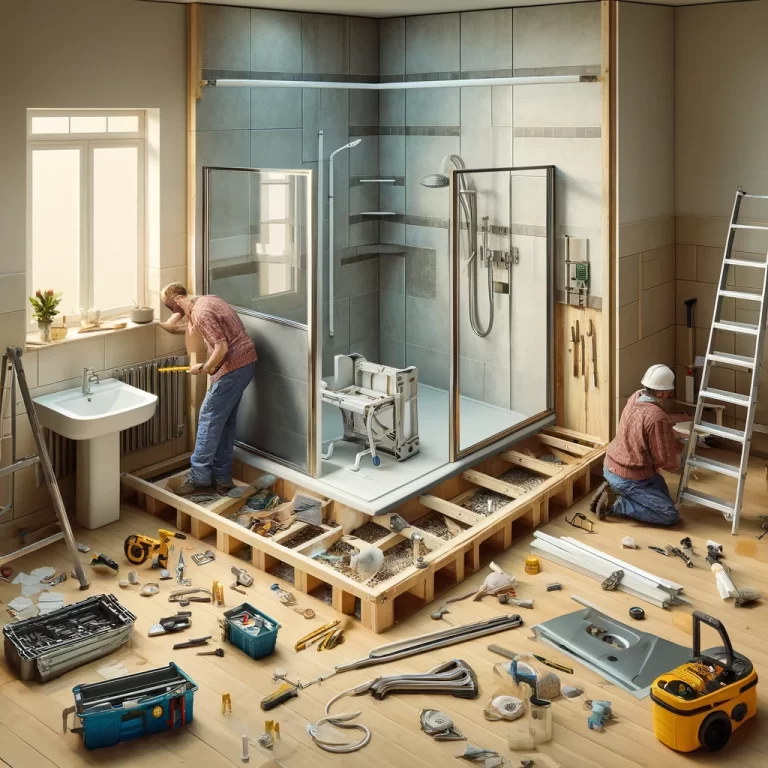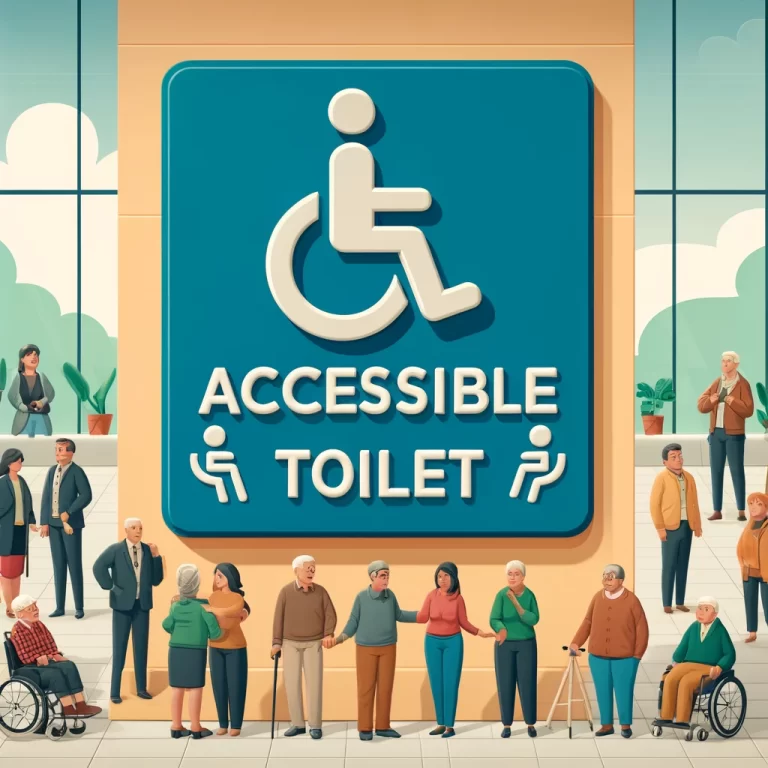What is a toilet for people with reduced mobility
Consider the implications of basic activities, such as using the restroom, which can pose challenges for individuals with limited mobility.
This article delves into the concept of reduced mobility and its implications for restroom accessibility. It further examines the characteristics of toilets tailored to accommodate individuals with limited mobility, comparing various models and emphasizing essential design and functionality elements.
Explore further insights on the installation, upkeep, and advantages of utilising toilets customised to cater to the requirements of individuals with limited mobility.
Understanding Reduced Mobility and Toilets
Understanding reduced mobility and its implications on toilet accessibility is essential for establishing inclusive environments that cater to the needs of individuals with disabilities. This requires the development of toilets that emphasise hygiene, comfort, and autonomy, integrating specialised features and facilities to assist in personal care and ensure accessibility for all.
Defining Reduced Mobility and its Impact on Bathroom Use
Reduced mobility refers to physical limitations that impede an individual’s freedom of movement, significantly affecting their utilisation of bathroom facilities. Ensuring toilet accessibility for individuals facing mobility challenges is imperative for promoting their comfort and independence.
It is essential to acknowledge that the design and arrangement of bathrooms play a crucial role in the daily experiences of individuals with reduced mobility. Accessible toilets are purposefully crafted to address the specific needs of these individuals, incorporating features such as grab rails, raised toilet seats, and sufficient space for manoeuvring mobility aids.
The presence of accessible toilets in public venues, including restaurants, shopping centres, and transport hubs, can substantially enhance the quality of life for those contending with mobility limitations. To further enhance toilet accessibility, the integration of automatic sensor toilets, spacious cubicles, and slip-resistant flooring can significantly improve the experience for users with reduced mobility.

Features of a Toilet for People with Reduced Mobility
Toilets designed for people with reduced mobility are equipped with specific features to enhance accessibility, safety, and convenience. These specialised facilities usually include grab rails, raised toilet seats, and support handrails to assist users in achieving a comfortable and secure experience.
Design and Functionality Considerations
When considering the design and functionality of accessible toilets, it is imperative to prioritize ease of use, safety, and the creation of a barrier-free environment that accommodates wheelchair users and individuals with mobility challenges. Practical solutions should focus on incorporating safety measures and ensuring that the toilet design maximizes user comfort and accessibility.
An essential aspect of accessible toilet design is the strategic placement of grab bars within easy reach of individuals with mobility challenges, thereby providing necessary support and stability during transfers to and from the toilet. The layout of the toilet facility should allow for ample space for wheelchair maneuverability, with grab bars positioned strategically to facilitate navigation. Additionally, features such as non-slip flooring and adequate lighting play crucial roles in enhancing safety and usability for all users. By implementing these practical solutions, accessible toilets can significantly contribute to the establishment of a welcoming and inclusive environment for individuals of all abilities.
Types of Toilets for People with Reduced Mobility
There are a variety of toilet designs tailored to suit individuals with limited mobility, each incorporating distinct features to improve accessibility and convenience. These specialised toilets, often conforming to ADA standards, form an integral component of an accessible infrastructure intended to provide inclusive facilities and customised equipment for individuals facing mobility constraints.
Comparing Different Options
When evaluating various options for accessible toilets, it is essential to take into account factors such as toilet height, handrails, and toilet seat risers, all of which play a pivotal role in establishing a mobility-friendly environment. These specialised toilets are meticulously crafted to conform to sanitary requirements and inclusive facilities standards tailored for individuals with limited mobility.
Toilet height stands as a critical element facilitating seamless transfer from a wheelchair. Handrails offer essential support and stability during toilet use, fostering autonomy and safety. Additionally, toilet seat risers can prove advantageous for individuals encountering challenges in lowering themselves onto a standard toilet. By integrating these features, accessible toilets not only cater to individuals with restricted mobility but also elevate their overall bathroom experience, ensuring a blend of comfort and dignity.
Installation and Maintenance
The correct installation and ongoing maintenance of accessible toilets are of paramount importance to guarantee safety, convenience, and durability of the facilities. It is imperative to ensure that auxiliary devices and mobility support features, such as support rails, are installed accurately, as this is essential in offering a user-friendly and effective solution for individuals with limited mobility.
Important Factors to Consider
When installing and maintaining accessible toilets, it is imperative to carefully consider various factors to ensure optimal usability and safety for individuals with diverse mobility needs. This includes integrating safety measures, accommodating the use of mobility aids, and incorporating assistance equipment that aligns with ergonomic design principles tailored to the users’ requirements.
Safety measures within accessible toilets are pivotal in establishing a secure environment for users with varying mobility capabilities. Features such as slip-resistant flooring and strategically positioned grab bars are essential in enhancing accessibility and minimising the risk of accidents.
The inclusion of mobility aids like grab rails, raised toilet seats, and accessible sinks further enhances the usability of these facilities for individuals with limited mobility. Additionally, the ergonomic design considerations, such as adjustable height options and clear signage, contribute to user comfort and independence.
Regular maintenance of these facilities is crucial to ensure their functionality and reliability. By upholding proper maintenance practices, users can confidently rely on accessing the necessary assistance equipment when required, thereby promoting inclusivity and accessibility in restroom facilities.

Benefits of Using a Toilet for People with Reduced Mobility
Using a toilet facility designed for individuals with reduced mobility offers a range of benefits, including improved accessibility, greater comfort, and increased independence. These toilets incorporate safety features and mobility aids, creating an inclusive environment that encourages personal hygiene and overall well-being.
Improving Accessibility and Comfort
Enhancing accessibility and comfort in accessible toilets involves integrating user-friendly and practical solutions that cater to the specific requirements of individuals with limited mobility. These features designed to facilitate mobility promote independence in toileting and ensure the ease of use of sanitary facilities.
For individuals with restricted mobility, well-designed accessible toilets can significantly improve their overall bathroom experience. Features such as grab rails, raised toilet seats, and spacious layouts not only provide physical support but also instil a sense of security and autonomy. By addressing these distinct needs, accessible toilets foster a more inclusive environment where users feel valued and accommodated. The convenience offered by these facilities can enhance the manageability of outings and daily routines for individuals facing mobility challenges.






